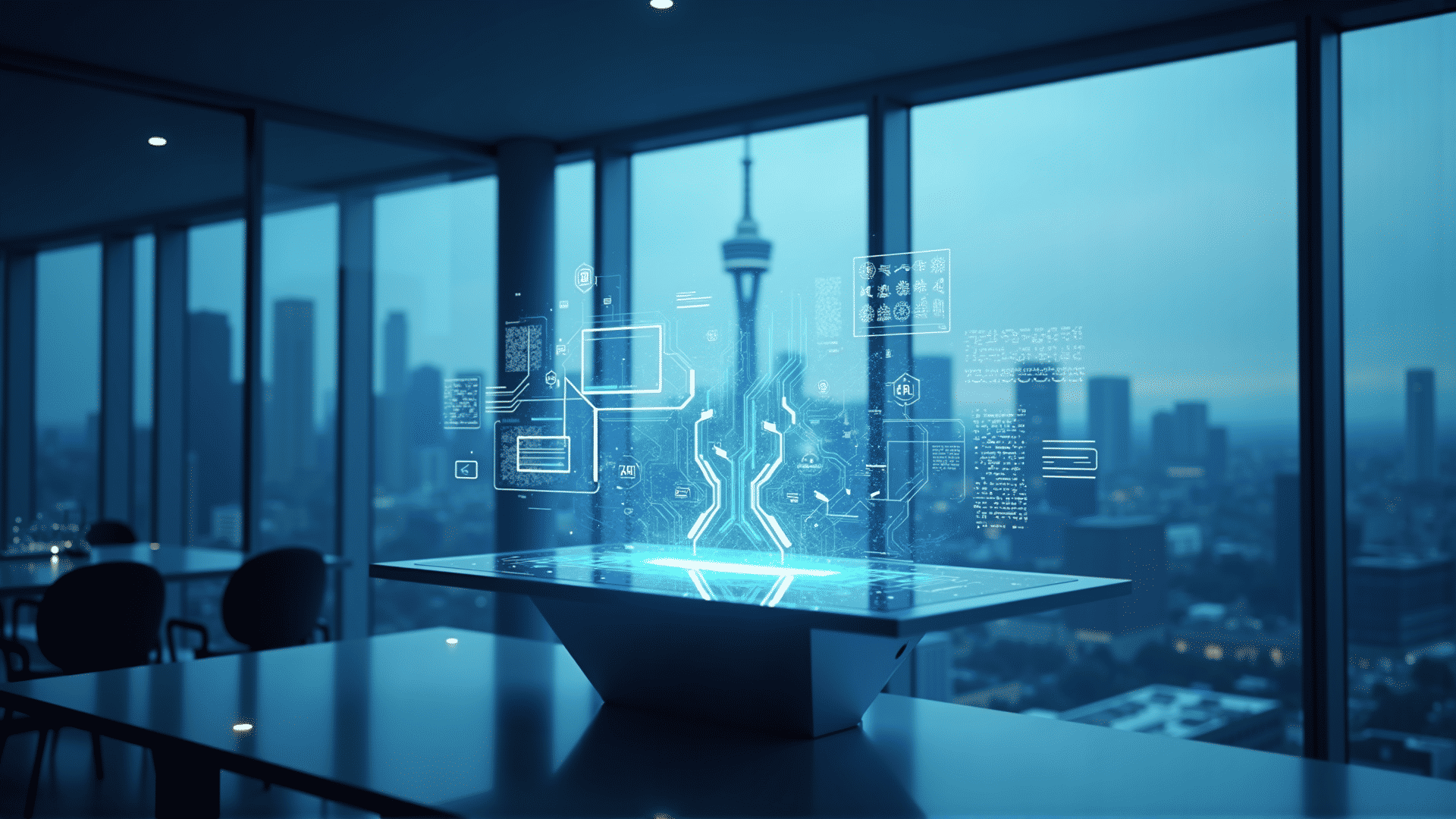Artificial Intelligence (AI) is reshaping numerous industries, and web design is no exception. As technology evolves, AI-powered tools are becoming integral in creating responsive and user-friendly websites, drastically changing the landscape of web design.
AI is facilitating a significant shift in how designers approach the creative process. Traditionally, web design required a deep understanding of coding and design principles. While these remain important, AI is streamlining the process by automating tasks, thus allowing designers to focus more on creativity and strategy rather than technical minutiae. Tools like Wix’s ADI (Artificial Design Intelligence) can automatically generate a website using information provided by the user, significantly reducing the time and effort required to build a website from scratch.
Another significant contribution of AI in web design is in enhancing user experience. AI-powered analytics tools can evaluate how users interact with a website, identifying areas that need improvement. These insights allow designers to make data-driven decisions to optimize user experience. For instance, AI can suggest changes to a website's layout or content to increase engagement and conversion rates, thus making the site more user-friendly.
AI also plays a critical role in ensuring websites are responsive. With the myriad of devices available today, it's crucial for websites to maintain functionality and aesthetics across various screen sizes. AI can automatically adjust design elements to fit different devices, ensuring a seamless experience for all users. This adaptability not only improves user satisfaction but also contributes to better SEO rankings since responsive designs are favored by search engines.
In addition to design and responsiveness, AI is revolutionizing content creation for websites. Tools employing natural language processing algorithms can generate compelling copy and headlines tailored to the target audience. These tools analyze factors such as user behavior and web trends to craft messages that resonate more effectively with readers.
Furthermore, AI chatbots are becoming increasingly prevalent in web design, providing round-the-clock customer service and engagement on websites. They are programmed to understand and respond to customer queries, enhancing the overall user experience and ensuring visitors have their needs met promptly.
While AI offers numerous advantages, it does not render web designers obsolete; rather, it provides them with powerful tools to augment their capabilities. Designers can leverage AI to automate repetitive tasks, gain insights into user behavior, and experiment with creative solutions without getting bogged down by technical limitations. This synergy between human creativity and machine efficiency represents the future of web design.
In conclusion, the integration of AI in web design marks a transformative period for the field. By automating routine tasks, enhancing user experiences, and ensuring responsiveness, AI empowers designers to focus on innovation and strategy. As AI technology continues to evolve, its impact on web design will only deepen, resulting in more intelligent, efficient, and user-centered websites. Embracing these advancements will be key for businesses and designers striving to remain competitive in the digital age.
